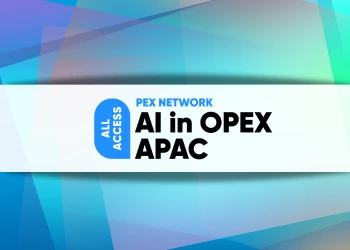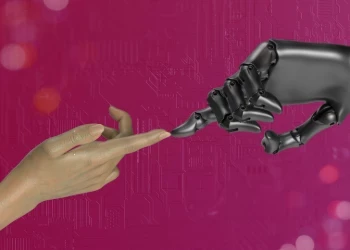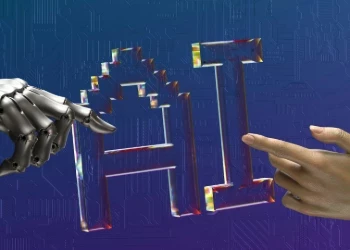Chick-fil-A’s AI Powered Approach to Maximizing Food Safety and Quality
How Chick-fil-A uses computer vision and advanced analytics to ensure people (safely) “eat more chicken”
Add bookmark
As part of a larger digital transformation, Chick-fil-A launched its enterprise analytics group and modern data stack in 2017. Though the company centralized its core enterprise data architecture and analytics strategy, it decentralized its function-specific business intelligence and operational reporting elements. In addition, the company also large-scale data literacy program to boost adoption.
As reported by Diginomica, Justin Winter, Sr. Principal Team Leader of Enterprise Analytics, Chick-fil-A explained at a 2020 industry event, “we launched a community of practicing analysts, which we launched with about 20 people that were sent out into departments. If you fast forward to today, that's grown about 10X in terms of that community.
One of the things that we did to really invest in that community was create a lot of resources to provide that connective tissue back. That connection between all of the analysts across those areas. We were concerned that these 20 people that had worked together in a group, as analysts together, would lose that community and that ability to iron sharpens iron.
So as we sent them out we knew we had to be really intentional about making sure that we provide opportunities to learn together, to share together, to have folks solve each other's problems.”
However, in business years, 2017 was eons ago. Since then, Chick-fil-A has dramatically expanded its use of AI and data analytics. Here’s a look at how.
Using AI to Keep Food Hot and Tasty
One of the biggest challenges any fast food restaurant faces determining the maximum time hot food can sit before it must be discarded. On the one hand they want to minimize food waste, on the other hand, no one wants to eat cold french fries.
Using a combination of 3D cameras, edge computing and advanced analytics, Chick-fil-A built an IoT system to monitor hot food food for freshness and alert the team when its time to throw food out.
As explained on the company’s tech blog, “By using our IOT platform, all of the data from our new timer is now automatically available to other devices in the restaurant via our pub/sub messaging framework, and it automatically flows into our data lake for querying, reporting, and other downstream analytics workloads. We also get device on-boarding and identity management ‘for free’.”
Diagnosing and Tracking Food Poisoning on Social Media
The CDC estimates 48 million people get sick, 128,000 are hospitalized, and 3,000 die from foodborne diseases each year in the United States. Given the potential financial and reputational risks associated with a large-scale outbreak, it’s critical that these instances are swiftly identified and mitigated.
However, in the past, unless a sick customer or their healthcare provider notified them, dining establishments could have no idea people were getting sick from eating their food. In order to combat this issue, Chick-fil-A built an NLP-powered AI application to monitor social media for mentions of food poisoning.
According to an article in VentureBeat, “Its AWS-hosted solution processes Restaurant review data every 10 minutes from a range of social platforms, which are passed onto a Python routine that filters for over 500 keywords (including words like ‘illness,’ ‘food poisoning,’ ‘vomit,’ ‘throw up,’ ‘barf,’ and ‘nausea’) and AWS Comprehend, Amazon’s natural language processing service, which checks sentiment and determines legitimacy.”
These insights are then sent back to Chick-fil-A’s HQ where a human expert can determine next steps.
Become an AI, Data & Analytics Network member today!
Premium content. Expert insight. Instant access. All for FREE.

































